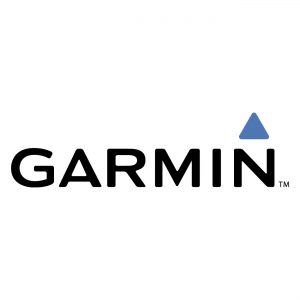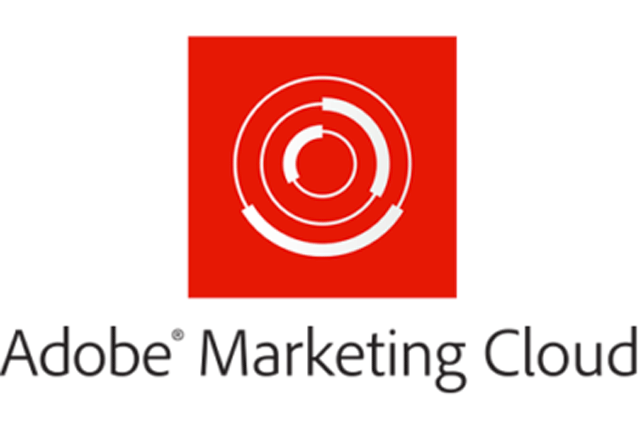Adobe Marketing Cloud is a one-in-all digital marketing tool that allows digital marketers and businesses to target their audiences through different channels and mediums.
How to Create a Workflow
A workflow can be created from a campaign or a program from the list of a marketing activity.
- For creating a marketing activity, you have to choose the medium according to your requirements. For example, if your target audience is always on the go, then SMS option can be used. Open the campaign or program dashboard and click on “create” button for the generation of a new marketing activity. You have the option to choose four kind of activities including program, campaign, landing page, and workflow. Choose the Workflow option.
- You can now pick a template for the workflow.
- Now you will be required to enter the standard workflow properties with the fields of label, ID, campaign, and description.
- Assign an ID to your workflow and choose a meaningful name for the label field. The interface shows these parameters, but they are not displayed to the recipients of your messages. However, your description appears to the recipients. You have to fill this with quality content as that can make an impact on your audience.
- Last, authorize the activity so that the activity’s dashboard can appear.
How to Add or Link an Activity
Using the diagram, all the activities have to be defined and linked with each other. The palette sections group the activities category-wise.
- The targeting activities are entailed in the first section.
- The execution activities that provide collaboration between activities are present in the second section.
- In the third section, those activities are listed that are utilized for the sending of messages on various channels. These activities are reliant on the type of your instance.
- The data management and file manipulation activities are carried by the fourth section.
For the creation of a diagram:
- Go to the palette and drag-and-drop an activity to the diagram. For instance, the Start activity and the Email delivery can be added on the diagram.
- The activities can be linked with each through dragging and dropping the Start activity to the Email delivery activity.
- Your workflow can now be completed by appropriately adding and linking the required activities.
Configuration
You might get some problems without configuration of activities because these are not set by default. An activity can have different options for each type of configurations like labels, outbound transactions, etc.
- Ensure the linking of activities does not carry any anomaly. In some activities, the incoming data structure has to be appropriate for the activity to present the right options for configuration.
- Select an activity by double-clicking and hit the Edit so the window for configuration can appear on the screen.
- Modify the activity’s label.
- Modify and adjust each option to determine how the data can be processed. For this purpose, you may have to check documentation of an activity for maximum customization.
- Now, click on Save and continue repeating these steps for each activity.
- Lastly, do not forget to save the workflow and hit the Save button.
Sample Campaigns Used
Virgin Holidays
 Virgin Holidays is a business that provides customers with assistance in the management of their vacations. In order to arrange and simplify their travels for the customers, the company used the Adobe Campaigns. The company found it difficult and could not generate maximum efficiency to a multitude of customers present on different mediums and channels in the pre-Adobe era.
Virgin Holidays is a business that provides customers with assistance in the management of their vacations. In order to arrange and simplify their travels for the customers, the company used the Adobe Campaigns. The company found it difficult and could not generate maximum efficiency to a multitude of customers present on different mediums and channels in the pre-Adobe era.
The management realized that it had to reach each customer through the use of the right channel at the right time. It was also realized that generic emails are not effective in today’s environment. As a result, Adobe Campaigns were used for creating emails that resonated with the target audience.
For the employees, Adobe Campaigns meant a breath of fresh air as it provided a centralized hub for all the customer communication tools. The company was able to revamp and restructure its marketing campaign within six weeks
According to one company official, the company’s outdated systems had more than 40 tables for customers. Each of these tables had several redundant variables that increased complexity. However, with Adobe Campaigns, the company was able to limit its data tables to less than 10 tables. As a result, considerable time was saved.
The company found that the Adobe Campaign increased their conversion noticeably higher due to personalized content. Positive feedback was received from customers as the newer styles of marketing activities were complimented on social media campaigns like Twitter.
The business was also successful in boosting its revenues by 33 percent, its customer awareness metrics by 66 percent, and its retail appointments by 50 percent.
Garmin
 Garmin is a business that leads the navigation tech and consumer electronics industry. The company is divided into 5 distinct sections of their operations. Due to this distinction, the business had a complex marketing challenge in its hands with its regard to branding. It also had to be ensured that the right message could reach to the right customer. For example, a military man and a software developer both use the company’s products. However, categorizing them together and sending them the same content may not be feasible for maximum impact.
Garmin is a business that leads the navigation tech and consumer electronics industry. The company is divided into 5 distinct sections of their operations. Due to this distinction, the business had a complex marketing challenge in its hands with its regard to branding. It also had to be ensured that the right message could reach to the right customer. For example, a military man and a software developer both use the company’s products. However, categorizing them together and sending them the same content may not be feasible for maximum impact.
Another challenge faced by the management was the globalization of its message. Due to the company’s presence in more than 45 locations, it was necessary to create a message that catered to the local sentiments and language of its customers.
A reliable partner was found in Adobe’s Campaign that shared its vision. For its highly important email marketing strategy, the company used both the Adobe Campaign and Adobe AEM. Due to these tools, the company only has to create a single activity and workflow, which automatically cover all its locations and customers. Hence, the company has been able to collaborate with all of its locations within an hour or two— a process that previously stretched for weeks.

